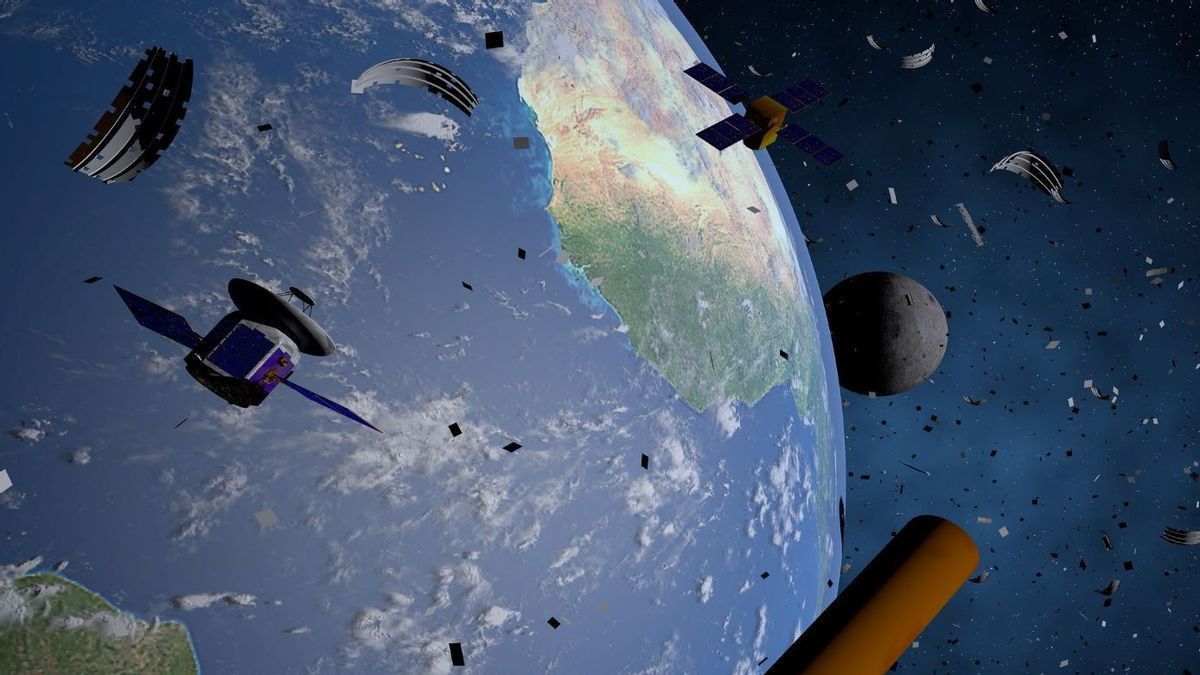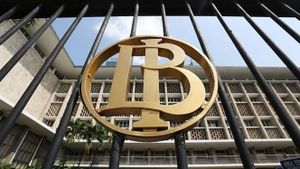JAKARTA The US Federal Aviation Agency (FAA) is developing a new rule to dispose of the top stages of rockets in space. The draft rules were released last year and the FAA is still conducting a review.
The new regulations being made by the FAA will direct launch operators to dispose of the top rocket stage in five ways. They can perform de-orbits in a controlled manner, put the top stage in the orbit of the grave, and others.
To perfect the draft regulation, the FAA is reviewing public comments. The hope is that the final version of the orbital debris, which will regulate the problem of waste disposal in space, can be launched next year.
"This is a high priority for our organization," said FAA Association Administrator of the Kelvin Coleman Commercial Space Transport section, quoted from Spacenews. "We hope our orbital debris rule can be published by 2025."
Coleman explained that the orbital waste disposal rules would be made shorter than before. In the draft rules, it is recorded that the de-orbit process or re-entering the atmosphere without control should not be more than 25 years.
SEE ALSO:
"We got a lot of comments saying that the timeframe should be much shorter. We are considering (the comments)," Coleman said.
While the FAA was preparing for the final version of the rules for disposal of orbital debris, the top stage of the Centaur rocket belonging to the United Launch Alliance (ULA) was destroyed on September 6. This is the fourth time the Centaur has collapsed in orbit.
According to observations of the Slingshot Aerospace, which uses a network of telescopes to track orbital objects, there are more than 40 debris produced by the Centaur explosion. So far, Slingshots believe that scattered debris will not interfere with active satellites.
The English, Chinese, Japanese, Arabic, and French versions are automatically generated by the AI. So there may still be inaccuracies in translating, please always see Indonesian as our main language. (system supported by DigitalSiber.id)


















